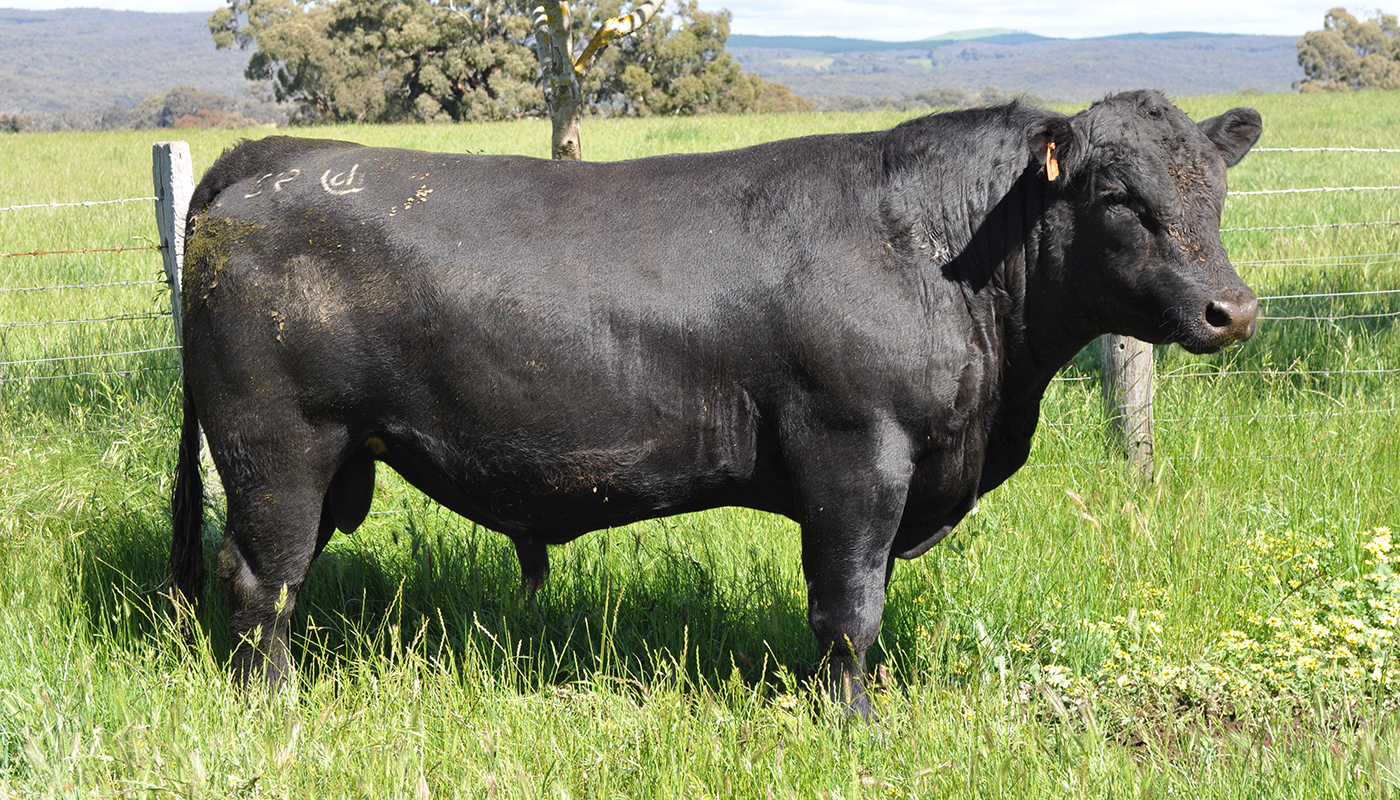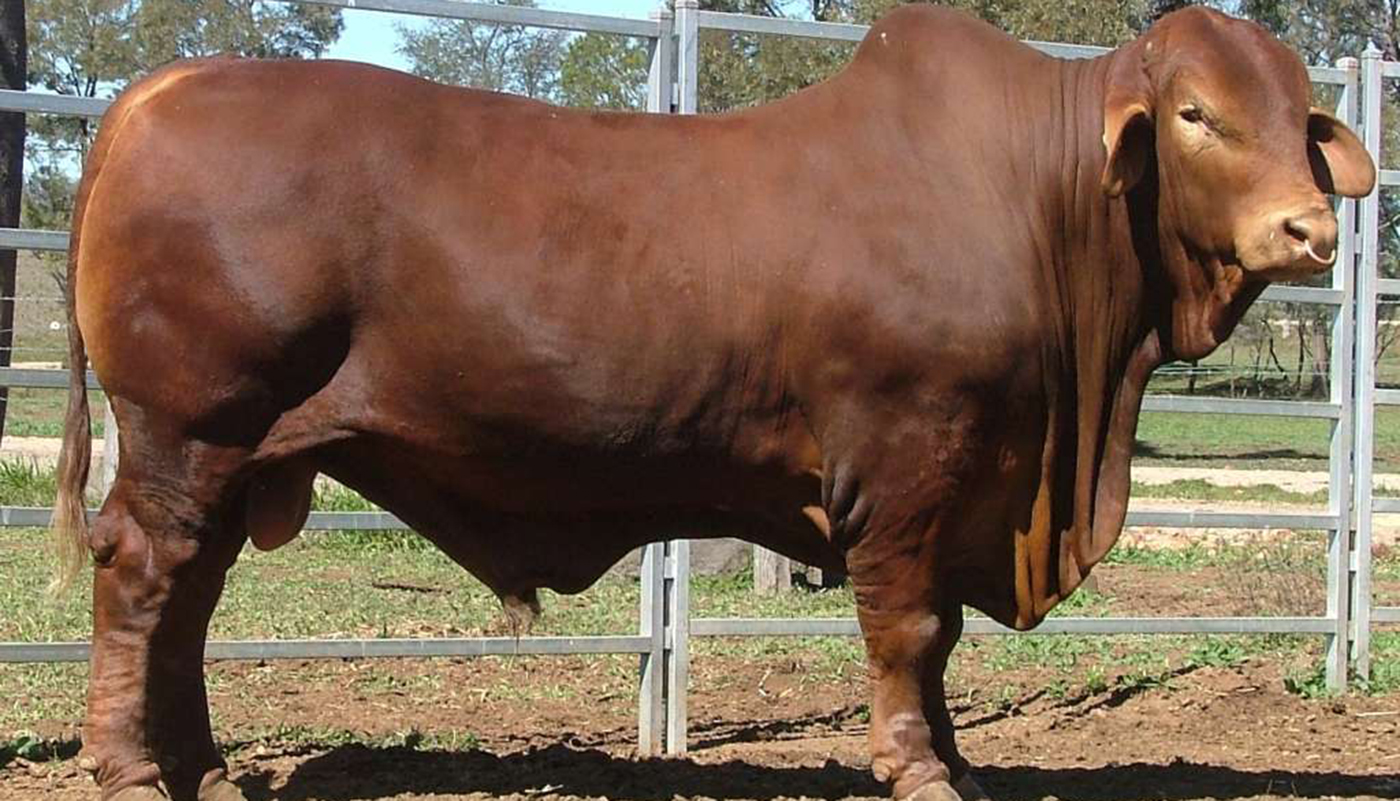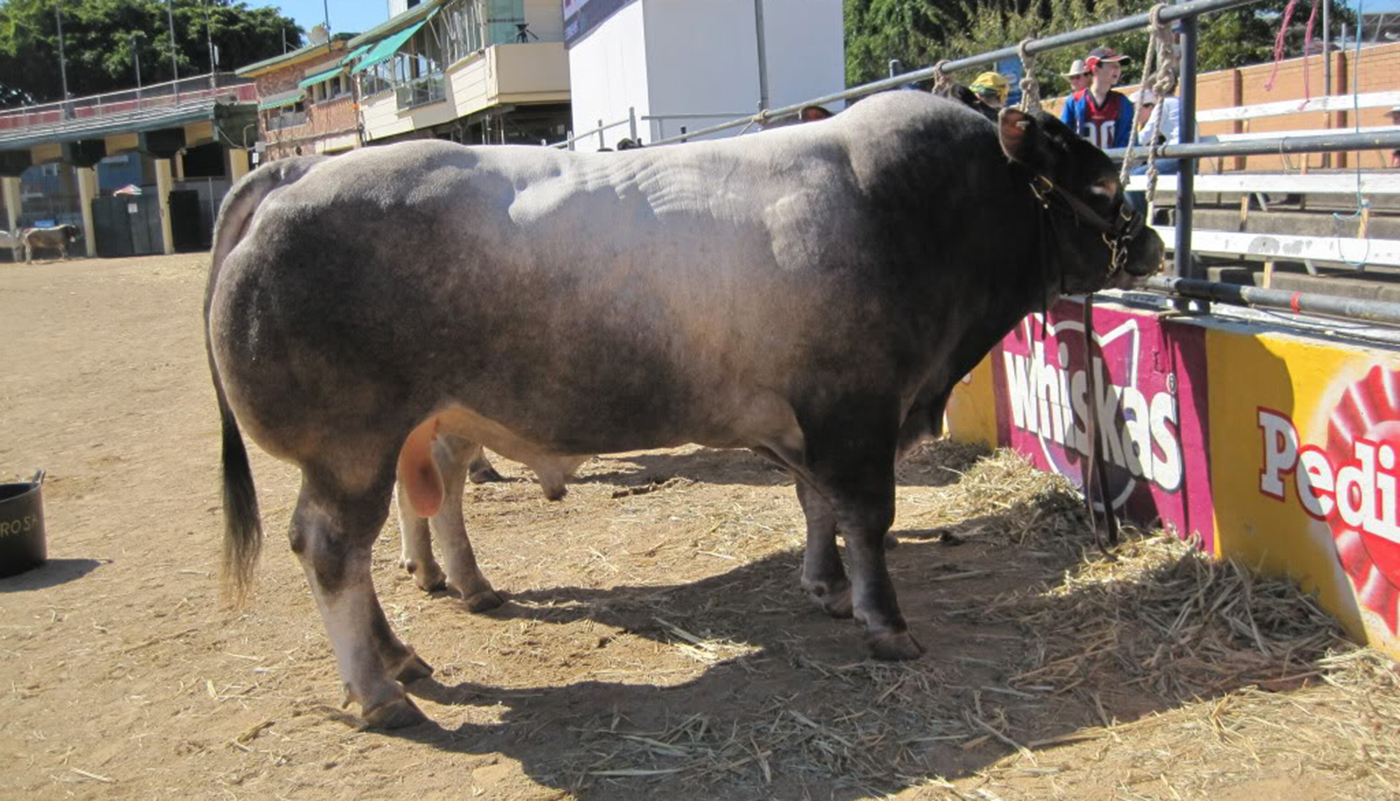
The White Park is an ancient breed of cow that truly can be traced back thousands of years. It is a beautiful breed that is mainly pure white or silvery white with black tips on its horns, sometimes head, ears, nose, and feet.
They are a gentle, docile breed that are easy to maintain and handle. They are also a very rare breed of cattle in modern days with various conservations agencies trying to conserve the breed.
They are a good dual-purpose breed that would suit the modern day homestead/farmer lending ample milk and a good quality of meat.
WHITE PARK CATTLE BREED OF CATTLE QUICK PROFILE OVERVIEW
|
|
|---|---|
| The White Park cattle breed is an ancient breed of cattle that is considered a heritage and breed and listed by both the Rare Breeds Survival Trust and the American Livestock Conservancy. | |
| Country of Origin: | England |
| Other Names: | Ancient White Park in ancient times it was referred to as the White Forest |
| Main Purpose: | Meat, Milk, and Draft |
| You may Also Like: | 35 Best Cattle Breeds for Milk – Dairy Cattle |
| You may Also Like: | 47 Best Cattle Breeds for Meat – Beef Cattle |
| Can be used for | Breed, Meat, Milk, Draft |
| Ideal Climate: | Heat, Cold, Most Climates |
| Conservation Status: |
Listed by the *ALC Status/Rarity: Threatened / Rare – also listed at the Rare Breeds Survival Trust |
| Health Issues? | No known health issues |
| Good Starter Cattle? | Novice to intermediate Cattle farmer/keeper level |
| Cattle Associations: | White Park Cattle Society, American British White Park Association and Midwest White Park Association |
| Cattle Clubs: | White Park Cattle Society, American British White Park Association and Midwest White Park Association |
| Where to buy them? | White Park Cattle Society, American British White Park Association and Midwest White Park Association |
| Child Friendly? | Livestock should not be left unattended around unsupervised children |
| General Information: |
The White Park breed of cattle can truly be defined as an ancient breed of cattle. Whilst most other breeds records date back a mere 200 to 300 years there are records of the White Park going back over 2000 years or so.
The White Park breed of cattle has appeared in some Irish folklore such as the Myths of Cruacha in the era of Cu Chulainn. There are many stories of the White cow such as their milk that was said to heal wounds of warriors or the antidote to the poisonous arrows. Then there is the tale of the “seven white kine” that were said to have produced enough milk to satisfy “the men of the whole world” and the strange tale of how “300 kine livers” cleared a plain inundated with snow. There are many more such tales that are recorded in the Welsh Sacred book and others like it about the “White cow”. |
| Note: *ALC stands for American Livestock Conservancy | |
PHYSICAL CHARACTERISTICS |
||||||||||||||||||||||||||||||||
|---|---|---|---|---|---|---|---|---|---|---|---|---|---|---|---|---|---|---|---|---|---|---|---|---|---|---|---|---|---|---|---|---|
| The White Park Cattle breed is beautiful cattle with porcelain white hide with black tips. They have a blocky body shape that is well defined, and the bulls tend to have more muscle than the cows. They have a small tight dewlap and well-shaped medium sized heads that end with an upturned snout. | ||||||||||||||||||||||||||||||||
| Size: | Medium to large | |||||||||||||||||||||||||||||||
|
||||||||||||||||||||||||||||||||
COW BREEDING & MILKING INFORMATION |
|
|---|---|
| Most Cattle produce milk but not all of them are used in the dairy Cattle capacity for their milk. Cows only calve once a year and should have 12 to 14-month inter-calving cycle. The White Park cow was once milked but they do not have an abundance of milk they usually have enough with a little left over for calving. They are very good mothers and will protect their young at all costs. The calves are late to mature and only reach full size at about 5 years old reaching their full weight at closer to 9 years old. The cows have really good maternal instincts and birth easily with little to no birthing problems. | |
| Breeding Period/cycle: | Usually lasts 6 to 24 hours Most ave. 12 to 16 hours Cows usually come on heat every 21 days. |
| Estrous cycle: | Ave. 17 days to 24 days Heifer – usually ave. 20 days Cows – usually ave. 21 days |
| Gestation Period: | Usually, around 279 to 287 days but most gestation is 283 days. Cows that are carrying bull calf’s their gestation period is usually a little longer than cows that are carrying heifer calves. |
| No. Calves/Litter: | 1 calf at a time. Cows rarely have twins or triplets, but it can happen |
| Lactation Period: | Cows lactation period can last for up to about 10 months (305) days. |
| Milking From: | 1 to 6 weeks after Calving |
| Drying off Period: | The cow should have a 12 to 14-month inter-calving cycle. Drying off period for around 60 days before she can calve again. |
| Milk Quality: | Good |
| Milk Ideal for: | Calves |
| You may Also Like: | 35 Best Cattle Breeds for Milk – Dairy Cattle |
CATTLE MEAT PRODUCTION INFORMATION |
||||||||
|---|---|---|---|---|---|---|---|---|
| The White Park breed of cattle is an excellent beef cattle that is efficient and thrifty well adapted to non-intensive management systems. It efficiently converts coarse herbage into a lean, well-marbled high-quality beef. The beef is lean, tasty and cooks really well its meat is a much sought-after beef and is sold by name in top butcheries and restaurants. If the beef is properly hung for around 3 weeks there will be very little joint shrinkage when the meat is cooked it will also produce natural juices that are full of flavor. | ||||||||
| Meat Production? | Yes, Quality: Excellent | |||||||
|
||||||||
| You may Also Like: | 47 Best Cattle Breeds for Meat – Beef Cattle | |||||||
CATTLE SKIN PRODUCTION INFORMATION |
||||||||
|---|---|---|---|---|---|---|---|---|
| Most meat Cattle will have a skin by-product, and these are usually used in some form or just as a hide. They are not specifically bred for their hides, but it is a by-product of their meat production. They have very beautiful hides that make for great rugs and other leather products. They are also an endangered and protected species so the trading of their hides will probably be limited and controlled. | ||||||||
| Skin Production? | By-Product, Quality: Good | |||||||
| Skin is used to Produce: | Calf/cow skin leather products such as shoes, car seats, fine leather coats, gloves, handbags, belts, furniture, rugs, etc. | |||||||
|
||||||||
HISTORY
White Park is a breed that can truly be described as an ancient breed as there are references to the cattle from texts that date back over thousands of years. They were referred to as the “White Forest” cattle as they were mostly found in the more remote and wooded areas of Britain.
The earliest mentions of the breed were by the Druids and Celts wherein pre-Christian Irish epics there were mentions of the white cattle that with colored points that were the special breed of choice. When the Romans arrived in Great Britain the Druids were pushed into the western and northern fringes of Britain and Ireland. Taken their special white cattle with them and it is in these areas that the White Park cattle came to be found. Although, today, sadly none remain in Ireland.
Wales is another area where early references to the White Park Cattle can be found. The Cattle were once used in the Laws of Hywel Dda as measures of fines and payments.
In the 13th to 14th centuries various herds were emparked in various parks across Britain. The ancient herd book of the breeds continues today for those cattle that still bare their ancient origins. Although some of those breeds have been lost and the one line is documented as feral. They are still being maintained.
The White Park of recent times became critically endangered after the Second World War. During the war, the British government deemed the White Park cattle an important British heritage thus a small herd of the cattle was shipped to the United States of America for safe keeping. But by the 1960s there were only four domesticated herds of the White Park breed remaining.
The first British White Park Association was formed in 1919 and in 1940 they shipped 5 cows and 1 bull as feedstock to the United States of America in case of a Nazi invasion.
All White Park cattle that were in the custody of the America Government were sold to private farmers in around 1960.
Since then there have a been a very few rare imports of the White Park cattle breed to America. In 1975 a group of White Park Breeds in America formed the White Park Cattle Association. In late 1980 some members of the American White Park Cattle Association broke away from the group to for the British White Cattle Association of America. In 1999 many of the breeders of both organizations joined forces and formed the American British White Park Association.
The breed is currently listed by both the RBST and the ALC as critically endangered.
Video
USEFUL LINKS
- Purebred Dairy Cattle Association
- American Dairy Association
- National Association of Animal Breeders
- American Dairy Science Association
- United States Cattlemen’s Association
- National Cattlemen’s Beef Association
- American National Cattlewomen
- Beef Cattle Breed Associations
- National Cattlemen’s Beef Association
- Fur Commission USA
- North American Meat Institute
- American Livestock Conservancy
- Animal Shelter (ASPCA)
- American Veterinary Medical Association
- American Animal Welfare Society
- American Animal Control
- American Society of Animal Science
- United States Department of Agriculture
 Blonde d’Aquitaine Cattle Breed – Everything You Need to Know
Blonde d’Aquitaine Cattle Breed – Everything You Need to Know Guernsey Cattle Breed – Everything You Need to Know
Guernsey Cattle Breed – Everything You Need to Know Angus Cattle Breed – Everything You Need to Know
Angus Cattle Breed – Everything You Need to Know Spanish Fighting Bull – Everything You Need to Know
Spanish Fighting Bull – Everything You Need to Know Ayrshire Cattle Breed – Everything You Need to Know
Ayrshire Cattle Breed – Everything You Need to Know Droughtmaster Cattle Breed – Everything You Need to Know
Droughtmaster Cattle Breed – Everything You Need to Know Fleckvieh Cattle Breed – Everything You Need to Know
Fleckvieh Cattle Breed – Everything You Need to Know Bazadaise Cattle Breed – Everything You Need to Know
Bazadaise Cattle Breed – Everything You Need to Know Parthenaise Cattle Breed – Everything You Need to Know
Parthenaise Cattle Breed – Everything You Need to Know Normande Cattle Breed – Everything You Need to Know
Normande Cattle Breed – Everything You Need to Know Milking Shorthorn Cattle Breed – Everything You Need to Know
Milking Shorthorn Cattle Breed – Everything You Need to Know Dutch Belted Cattle Breed – Everything You Need to Know
Dutch Belted Cattle Breed – Everything You Need to Know